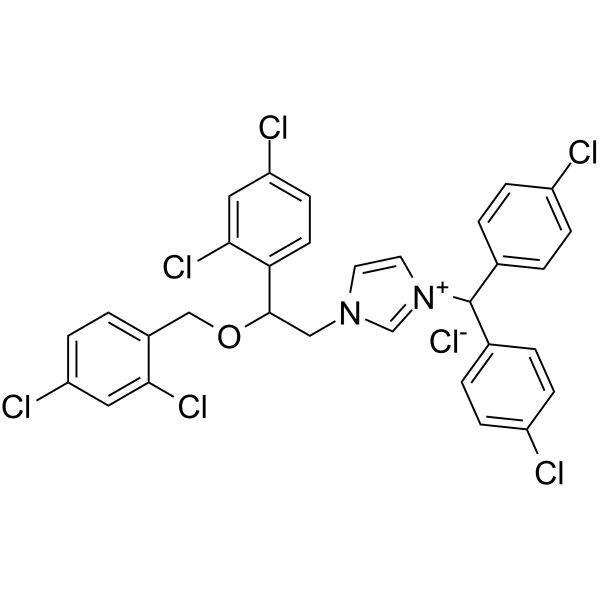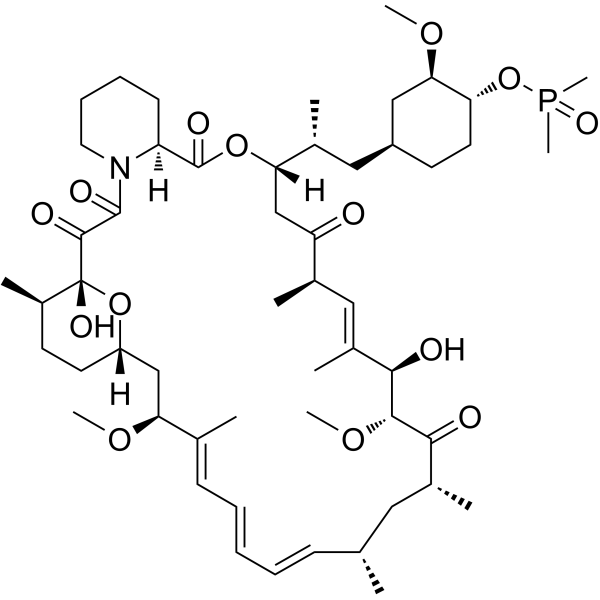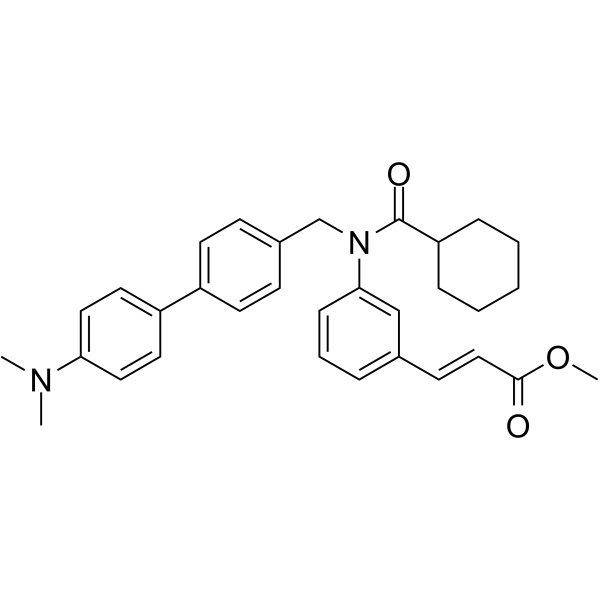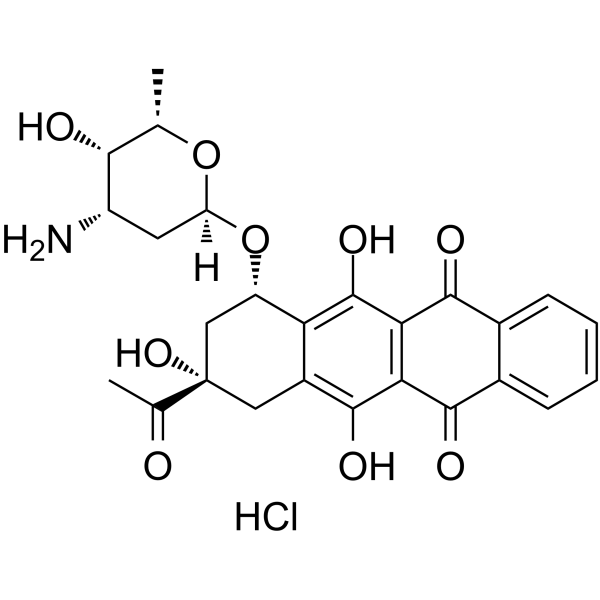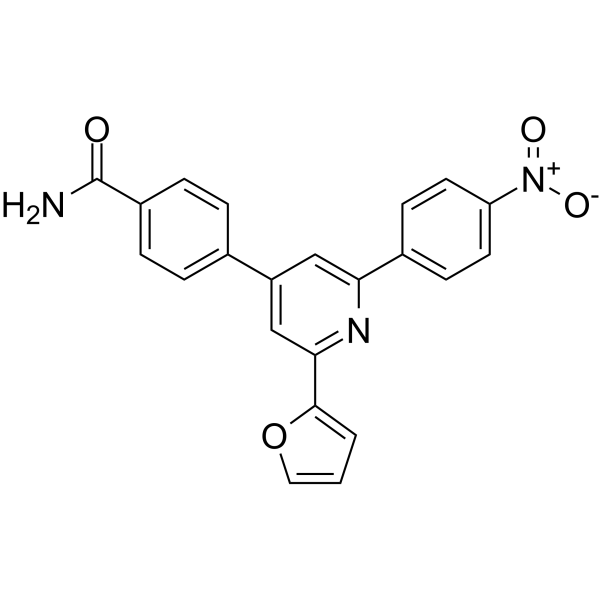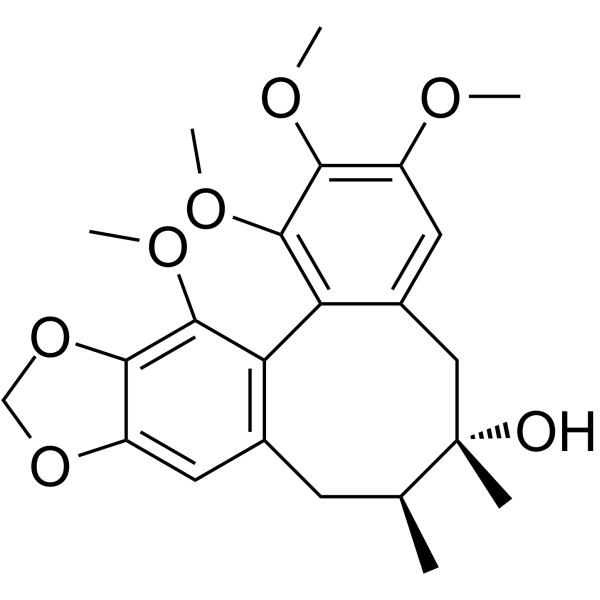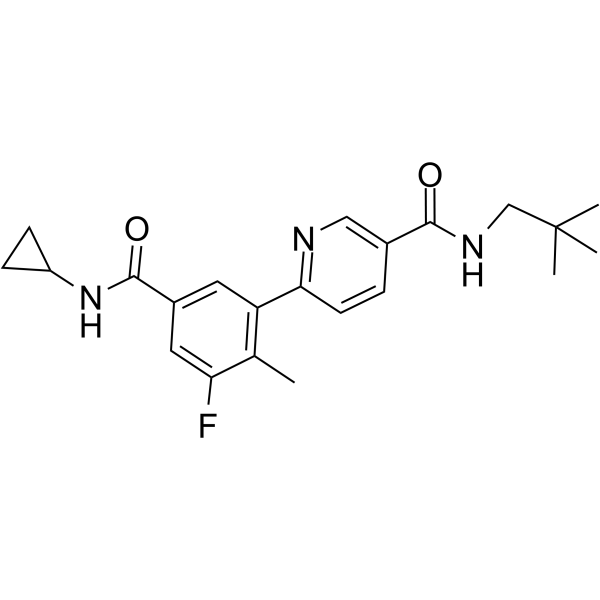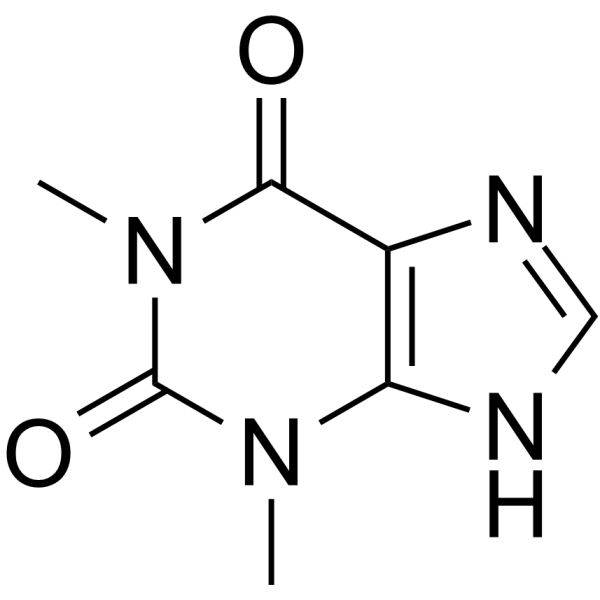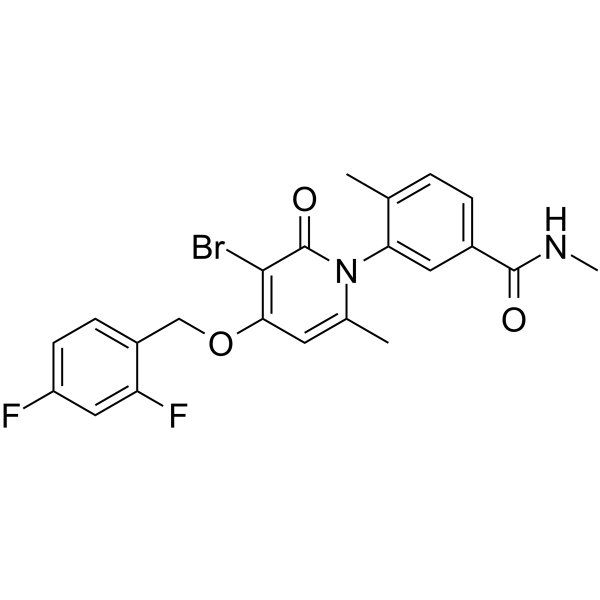|
BP12738
|
Fluoxetine
|
|
|
|
|
Fluoxetine is the first highly specific serotonin uptake inhibitor. It is used as an antidepressant and often has a more acceptable side-effects profile than traditional antidepressants.
|
|
BP12739
|
Andrographolide
|
|
|
|
|
Andrographolide(Andrographis), an irreversible antagonist of NF-κB, has anti-inflammatory and anti-platelet aggregation activities and potential antineoplastic.
|
|
BP12740
|
Paeonol
|
|
|
|
|
Paeonol is an active extraction from Paeonia suffruticosa. Paeonol inhibits MAO-A and MAO-B with IC50 of 54.6 μM and 42.5 μM, respectively.
|
|
BP12741
|
Thonzonium Bromide
|
|
|
|
|
Thonzonium bromide is a cationic surface-active compound.
|
|
BP12742
|
WZ811
|
|
|
|
|
WZ811 is a novel and effective small molecular CXCR4 antagonist (EC50: 0.3 nM).
|
|
BP12743
|
Mavorixafor
|
|
|
|
|
Mavorixafor is an effective and selective antagonist of CXCR4, with an IC50 value of 13 nM against CXCR4 125I-SDF binding. Mavorixafor inhibits the replication of T-tropic HIV-1 (NL4.3 strain) in MT-4 cells (IC50 = 1 nM) and PBMCs (IC50 = 9 nM).
|
|
BP12744
|
Pennogenin 3-O-beta-chacotrioside
|
|
|
|
|
Pennogenin 3-O-beta-chacotrioside is an active component isolated from Paris polyphylla with anti-colorectal cancer activity. It modulates autophagy via increasing the expressions of autophagy-related proteins LC3 and Beclin-1.
|
|
BP12745
|
Nitazoxanide
|
|
|
|
|
Nitazoxanide is a synthetic benzamide with antiprotozoal activity. Nitazoxanide exerts its antiprotozoal activity by interfering with the pyruvate ferredoxin/flavodoxin oxidoreductase dependent electron transfer reaction.
|
|
BP12746
|
Fluoxetine hydrochloride
|
|
|
|
|
Fluoxetine is the first highly specific serotonin uptake inhibitor. It is used as an antidepressant and often has a more acceptable side-effects profile than traditional antidepressants.
|
|
BP12747
|
(±)-Vestitol
|
|
|
|
|
Vestitol has antioxidation, anti-inflammatory and antimicrobial activities, it can strongly act in a low dose and concentration and have a promising potential to be applied in the pharmaceutical and food industries. Vestitol inhibits neutrophils migration in the inflammatory process.
|
|
BP12748
|
Calmidazolium chloride
|
|
|
|
|
Calmidazolium chloride is a calmodulin (CaMK) antagonist (Kd = 3 nM), antagonizing CaM-dependent phosphodiesterase(IC50 = 0.15 μM) and calmodulin-induced activation of erythrocyte Ca2+-transporting ATPase(IC50 = 0.35 μM). Calmidazolium chloride also induces apoptosis in certain cancer cell lines.
|
|
BP12749
|
Ridaforolimus
|
|
|
|
|
Ridaforolimus is a small molecule and non-prodrug analogue of the lipophilic macrolide antibiotic rapamycin with potential antitumor activity. Ridaforolimus binds to and inhibits the mammalian target of rapamycin (mTOR), which may result in cell cycle arrest and, consequently, the inhibition of tumor cell growth and proliferation. Upregulated in some tumors, mTOR is a serine/threonine kinase involved in regulating cellular proliferation, motility, and survival that is located downstream of the PI3K/Akt signaling pathway.
|
|
BP12750
|
Fexaramine
|
|
|
|
|
Fexaramine is a small molecule farnesoid X receptor (FXR) agonist with 100-fold increased affinity compared to natural compounds.
|
|
BP12751
|
Sulfaguanidine
|
|
|
|
|
Sulfaguanidine, a sulfonamide, is served as an anti-infective agent.
|
|
BP12752
|
Idarubicin hydrochloride
|
|
|
|
|
Idarubicin HCl, a hydrochloride salt form of Idarubicin, is a DNA topoisomerase II (topo II) inhibitor for MCF-7 cells ( IC50: 3.3 ng/mL).
|
|
BP12753
|
KJ Pyr 9
|
|
|
|
|
KJ Pyr 9 is an MYC inhibitor (Kd: 6.5 nM in vitro assay).
|
|
BP12754
|
Schisandrol B
|
|
|
|
|
Gomisin A may exert neuroprotective effects by attenuating the microglia-mediated neuroinflammatory response via inhibiting the TLR4-mediated NF-κB and MAPKs signaling pathways. Gomisin A has anti-inflammatory property, potentially result from the inhibition of COX-2, iNOS, IL-6, TNF-α and NO through the down-regulation of RIP2 and NF-κB activation. Gomisin A induces marked protective effects against hepatic and renal injury induced by CCl(4) exposure through differential regulation of the MAPK signal transduction pathway. Gomisin A significantly inhibits cell proliferation in a dose-dependent manner, due to cell cycle arrest in the G1 phase with the downregulation of cyclin D1 expression and Retinoblastoma (RB) phosphorylation.
|
|
BP12755
|
Losmapimod
|
|
|
|
|
Losmapimod (GW856553X; SB856553; GSK-AHAB) is a specific, potent, and orally active p38 MAPK inhibitor (pKi: 8.1/7.6 for p38α/β).
|
|
BP12756
|
Theophylline
|
|
|
|
|
Theophylline is a methyl xanthine derivative from tea with diuretic, smooth muscle relaxant, bronchial dilation, cardiac and central nervous system stimulant activities. Theophylline inhibits the 3', 5'-CYCLIC NUCLEOTIDE PHOSPHODIESTERASE that degrades CYCLIC AMP thus potentiates the actions of agents that act through ADENYLYL CYCLASES and cyclic AMP.
|
|
BP12757
|
PH-797804
|
|
|
|
|
PH-797804 is a pyridinone inhibitor of p38α (IC50: 26 nM, in a cell-free assay); 4-fold more selective versus p38β and does not inhibit JNK2.
|
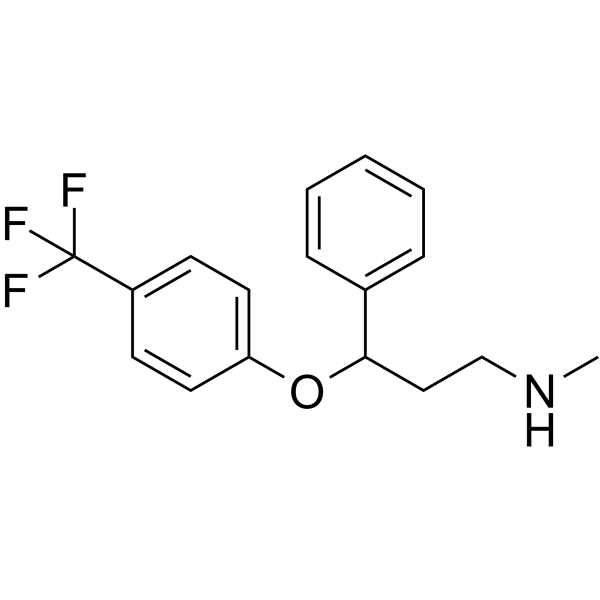
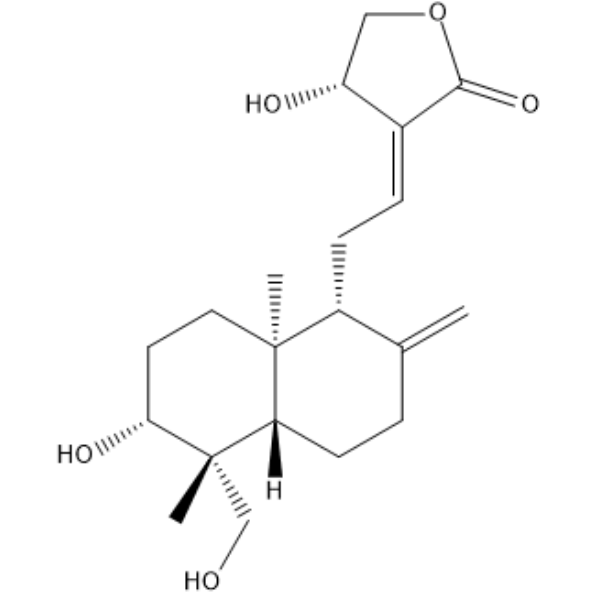
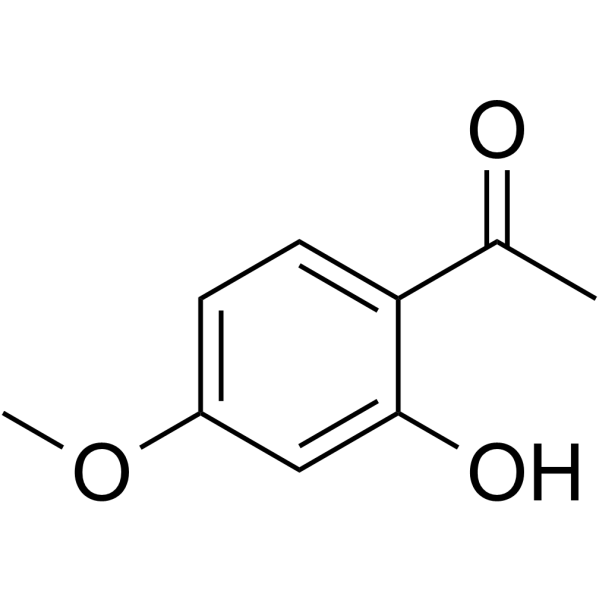

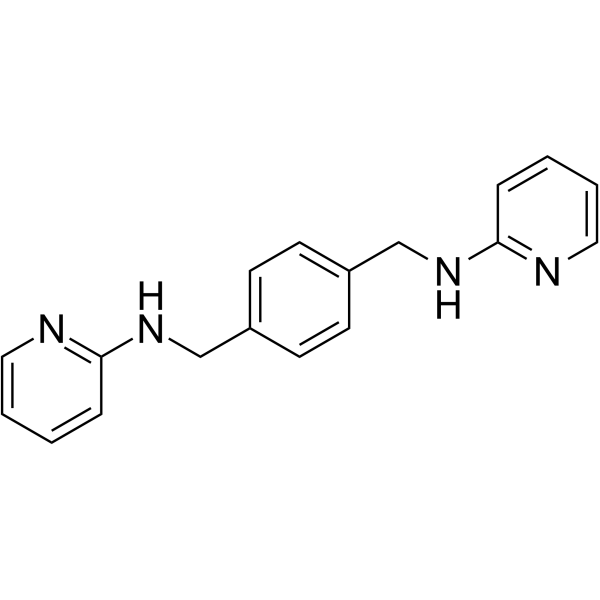
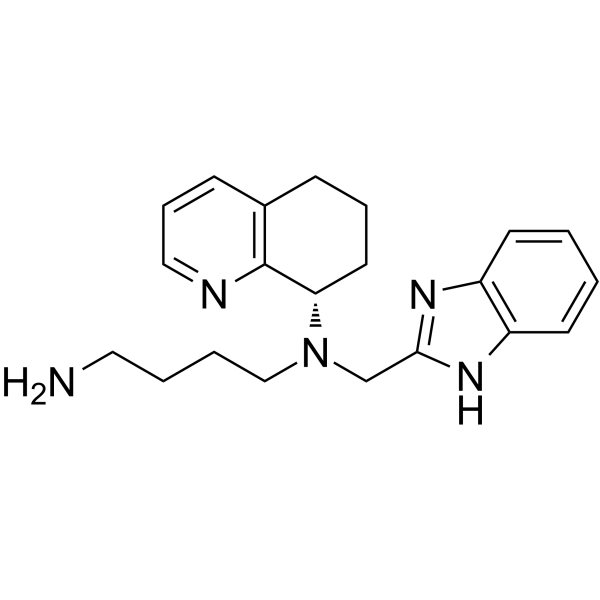
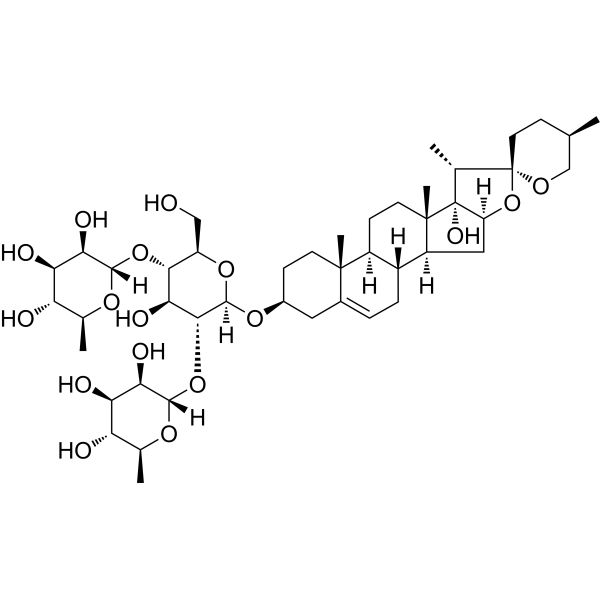
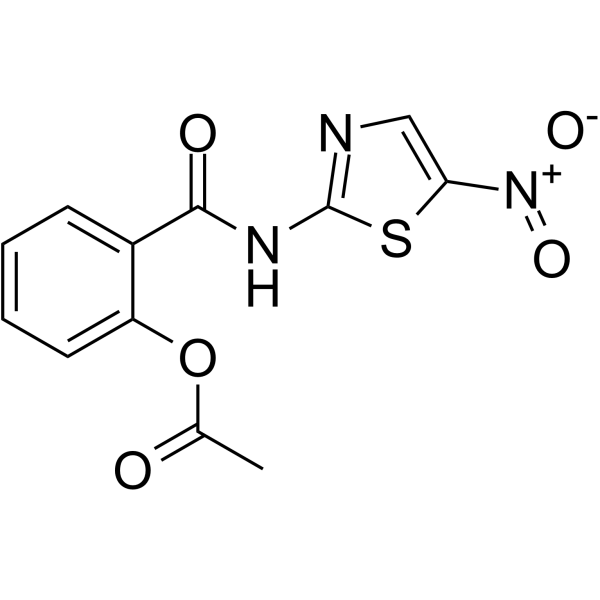
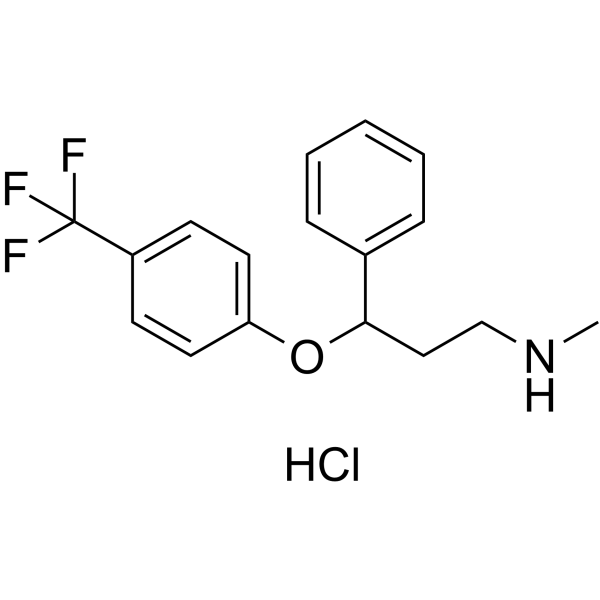
-Vestitol.gif)
